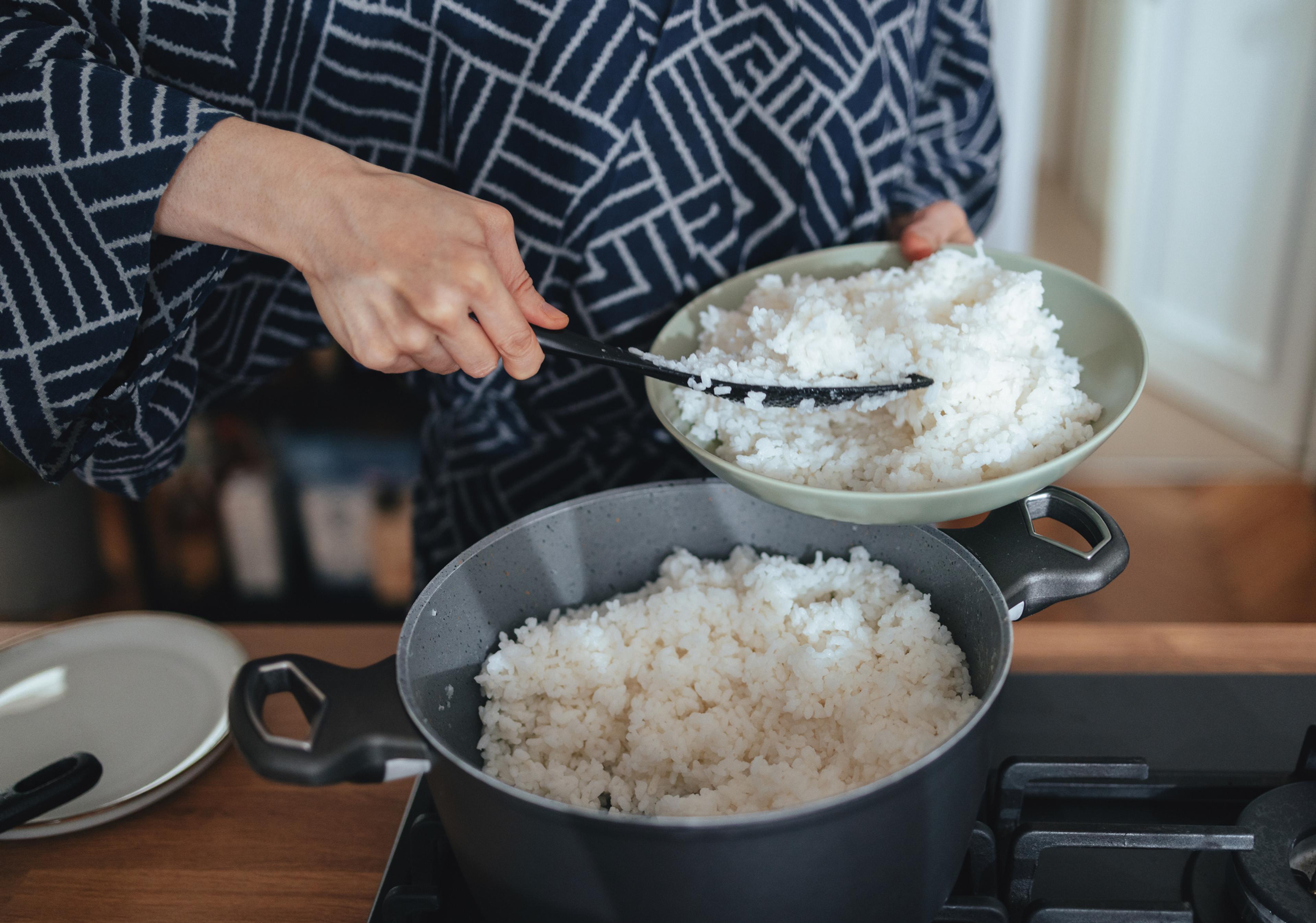What to Plant in an Herb Garden
Shandra Martinez
| 3 min read

A snip of chives, a sprinkle of chopped cilantro, a sprig of spearmint in your iced tea. Herbs are not only a delicious addition to almost any meal, but they are among the easiest things to grow in your home garden – whether that’s on your sunniest windowsill or in a patch of soil just outside your door. If you are ready to raise your cooking’s flavor game and practice your green-thumb skills, let’s look at what to plant in your very own herb garden.
Accomplished cooks already know herbs add depth to everything from main dishes to summer beverages. These days, they can be easily selected from almost any grocery store’s produce section or, during the warmer months, the local farmer’s markets. But growing them might just be worth the little effort it will take to produce fresh herbs. They are easy to start, either grown from a packet of seeds or small potted plants selected from a greenhouse, or even ordered online. They require sunlight, water and minimal care.
What to grow. Herbs come in two categories: annuals and perennials. Annual herbs must be planted every spring, as they won’t survive outdoors over the winter. Perennial herbs come back every year, at least for a few years, and these plants can grow larger each year. Here are some popular examples of both kinds of herbs found in Michigan gardens:
Annual
- Basil
- Cilantro
- Dill
- Parsley
- Summer Savory
Perennial
- Rosemary
- Thyme
- Sage
- Chives
- Mint
- Oregano
There are lots of ways to plant an herb garden. To keep it simple, plant the herbs in a way that fits your cooking style. Here are some examples:
Add them into a large garden. If you already have a garden area in your yard, herbs can be planted in rows along the border, or even grouped next to vegetables they’d be commonly used with when cooking. If you love Italian or Mediterranean-style cooking, intersperse basil and oregano plants with tomatoes, peppers and eggplant. Sow rows of dill seed along the edges of cucumber or summer squash plants.
Create a kitchen garden. Little flower gardens can easily accommodate some fresh herbs. Make a French-style potager – or kitchen garden – by tucking several herb plants into your existing flower beds. Don’t worry about overcrowding. As long as every plant is getting sun, they will be fine when growing petal-to-leaf. This style of garden makes it easy to step outside and snip a few herbs for cooking while cutting a few fresh blooms for your table.
Grow a tea garden. If you’re a tea lover, you can grow your own herbs for a freshly-brewed pot. Fresh or dried herbs can be used. Some of the most popular herbs for tea are several from the mint family – peppermint, spearmint and even chocolate mint – as well as chamomile and lemon balm.
Windowsill garden. If you don’t have the room, or the time, for an outdoor garden, almost any herbs can be grown in small pots on windowsills or sunny spots inside the home. Basil, chives, oregano and cilantro are some of the most popular indoor herbs.
Related:
Photo credit: Getty Images





